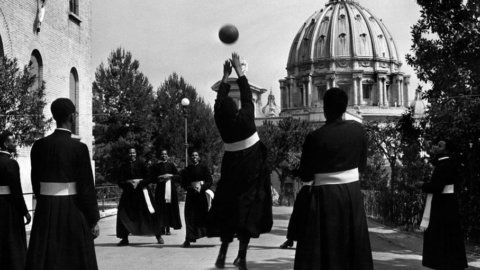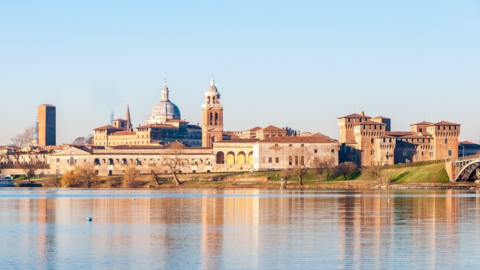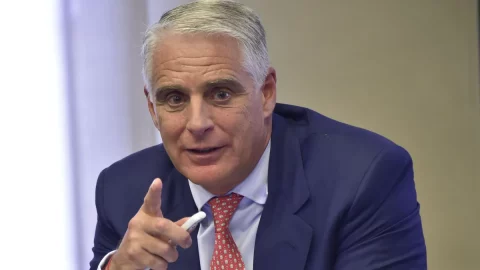“The birth of MAGNUM. Robert Capa, Henri Cartier-Bresson, George Rodger, David Seymour” explores the birth of the most famous photographic agency in the world, Magnum Photos. And it does so, at the new Violin Museum in Cremona (from 31 October 2014 to 8 February 2015), through the images of those who were the first protagonists of that new, great adventure.
On May 22, 1947, after a few meetings at the restaurant of the Museum of Modern Art in New York, "Magnum Photos Inc", a name that took its cue from the famous bottle of champagne, was registered in the register of American activities. The signers were Robert Capa, Henri Cartier-Bresson, George Rodger, David Seymour and William Vandivert. Thus was born a reality which was the concretization of a long reflection initiated by Robert Capa during the Spanish civil war and which, over the years, had also been extended to the photographers he frequented.
A project that was based on the protection of the photographer's work and on respect for the associated photographic rights. Through the cooperative formula, the photographers became owners of their work, collectively made decisions, autonomously proposed their works to the magazines in order not to be subjected to the editorial needs of the magazines, and remained owners of the negatives, thus guaranteeing full control over the diffusion of the images . A control that also extended to a meticulous control of the texts of the captions associated with the photos and the peremptory prohibition of manipulating the images. With these assumptions, and with the quality of the work of its partners, Magnum soon became a reference in the world of photojournalism.
Magnum thus represented a direct consequence of the great development in the illustrated press and photojournalistic agencies that had taken place during the two world wars.
Since its inception, a geographical subdivision has been foreseen for each photographer in which to operate: Henri Cartier-Bresson in the East, David Seymour in Europe, William Vandivert in America, George Rodger in the Middle East and Africa and Robert Capa full freedom of action in the world.
The adventure of Magnum, or rather the beginnings of it, is told al Violin Museum from a corpus of no less than one hundred and ten photographs that represent truly exceptional events: for the first time, in fact, the first reportages of the founders of Magnum have been collected together, allowing us to build an extraordinary cross-section on the start-up of this agency. It is also an opportunity to start a reflection on the role of photojournalism and the transformation that Magnum triggered in this sector.
The exhibition is introduced by a section dedicated to Robert Capa "before Magnum", with famous images from the Spanish Civil War, the conflict between China and Japan and the Second World War. To follow, four selections linked to the first reportages made by Rodger, Cartier-Bresson, Seymour and by Capa himself for Magnum. These are Capa's report dedicated to the birth of the state of Israel with particular attention to refugee camps, George Rodger's report dedicated to the Nubas tribe in Sudan, Henri Cartier-Bresson's work dedicated to India with the latest photographs taken of Gandhi before he was assassinated in January 1948 and finally the photographs of David Seymour focused on the consequences of the Second World War in Europe, with particular attention to the drama of war orphans.
The exhibition will be enriched by a series of initiatives dedicated to deepening the work of each of these great photographers, but at the same time offering opportunities for reflection on the role of photojournalism. Cremona, Violin Museum from 31 October 2014 to 8 February 2015





